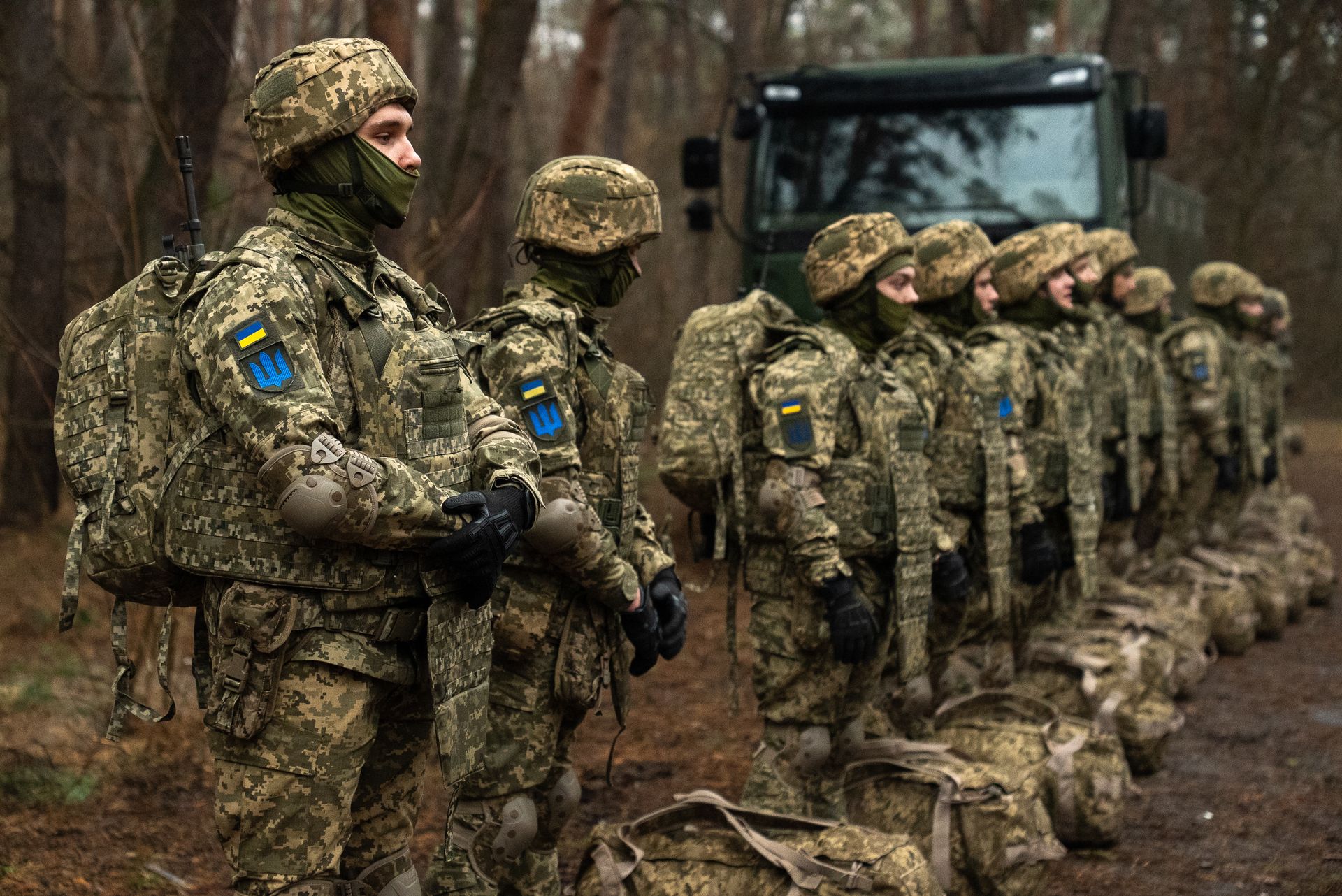EU to channel $1.7 billion from frozen Russian assets to repay Ukraine's loans

The EU has received a third 1.6-billion-euro ($1.9 billion) tranche in windfall profits from frozen Russian central bank assets and will allocate 95% of it, over 1.5 billion euro ($1.7 billion), to repay Ukraine’s loans.
Ukraine receives funds from frozen Russian assets under the Group of Seven's (G7) Extraordinary Revenue Acceleration (ERA) mechanism. Within the ERA initiative, Ukraine is expected to get $50 billion in loans that will be repaid using future profits from frozen Russian assets.
The EU received 1.6 billion euros ($1.9 billion) in windfall profits on Aug. 8 from frozen Russian central bank assets held in the bloc's central securities depositories, according to European Pravda.
This marks the third such transfer, covering income generated in the first half of 2025. Previous tranches were disbursed in July 2024 and April 2025.
While 90% of the first two disbursements supported Ukraine through the European Peace Facility (EPF) and 10% via the Ukraine Facility, the EU is shifting its allocation strategy.
"Starting with this third tranche, 95% of the proceeds will support Ukraine through the Ukraine Loan Cooperation Mechanism (ULCM), and 5% through the EPF. The ULCM provides non-repayable support to help Ukraine repay the EU's macro-financial assistance loan, as well as loans from bilateral creditors," the European Commission said.
Since the start of Russia's full-scale invasion in 2022, G7 countries have frozen approximately $300 billion in Russian sovereign assets.
The ERA initiative, backed primarily by the U.S. and the EU, aims to use profits from these frozen assets to finance Ukraine's defense and reconstruction. Ukraine is expected to receive all funds from this initiative by the end of 2027.
The EU's contribution to the ERA initiative amounts to 18.1 billion euros ($21 billion), with a comparable sum shouldered by the U.S.
The U.K., Canada, and Japan are providing the rest of the overall sum.
Ukraine received over $18.5 billion from frozen Russian assets this year, then-Prime Minister Denys Shmyhal announced on July 10.












